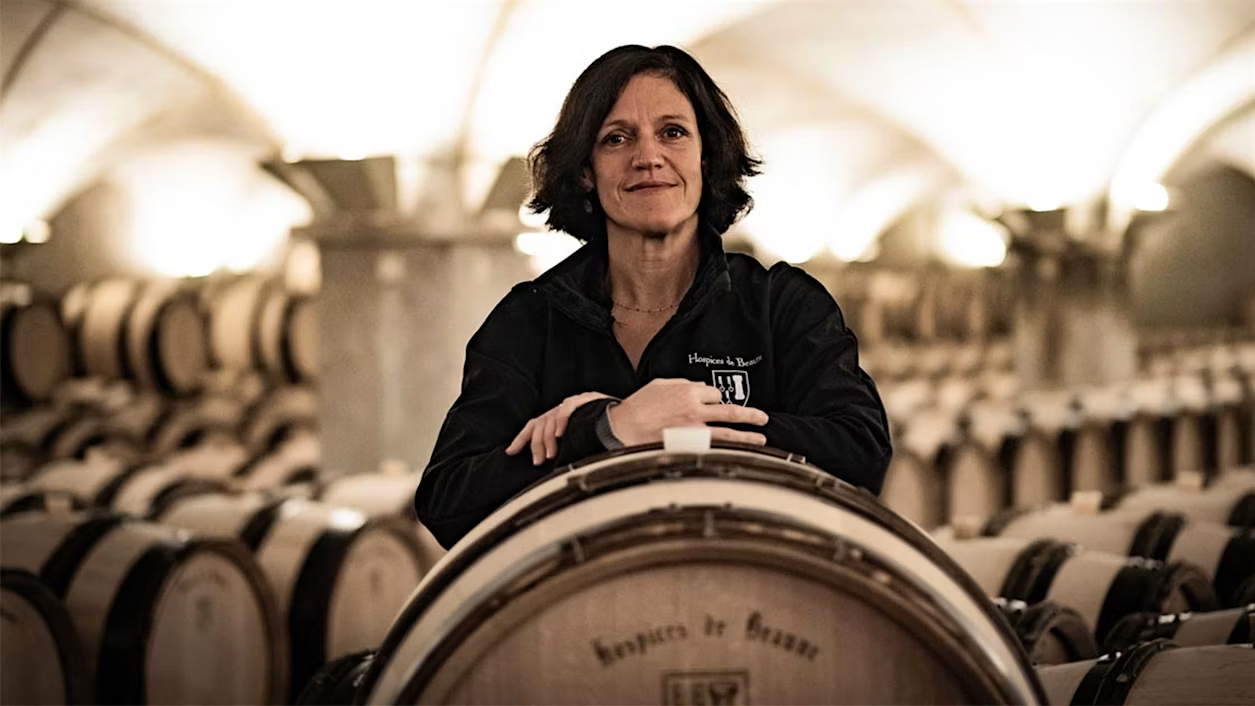Investing in red wine has gained popularity as a unique asset class, appealing to both novice and experienced investors alike. This domain involves the careful selection and procurement of wine bottles, with the expectation that their value will appreciate over time. Understanding the basics of wine investment is crucial for anyone looking to enter this market, as it encompasses specific terminology, potential benefits, and associated risks.
Key terminology is integral to navigating the realm of wine investment. One such term is ‘vintage,’ which refers to the year the grapes were harvested and subsequently made into wine. Vintages can significantly impact a wine’s quality and price, as certain years yield exceptional harvests that are highly sought after. Another important term is ‘appellation,’ which denotes the geographical region where a wine originates. Notable appellations, often known for producing premium red wines, can influence the desirability and value of an investment. The term ‘cult wines’ refers to those wines that exhibit high demand and limited supply, often due to their prestigious producers or unique characteristics. These wines tend to appreciate significantly over time, making them an attractive option for investors.
Before embarking on an investment in red wine, it is essential to weigh the potential benefits and risks. Among the advantages, wine investment can offer portfolio diversification and the potential for impressive returns, particularly for high-quality vintages and sought-after appellations. However, market volatility and the inherent risks associated with any investment should not be overlooked. Factors such as changing consumer preferences, economic conditions, and storage concerns can affect the valuation of wine. Thus, it is imperative for investors to conduct thorough research and seek expert guidance to navigate the intricacies of wine investment effectively.
Key Factors to Consider When Buying Red Wine
Investing in red wine requires a critical understanding of various factors that can significantly influence its value. One of the foremost considerations is the reputation of the winery. Established wineries known for their quality and consistency typically produce wines that retain or appreciate in value over time. Investing in wines from reputable vineyards often ensures better market demand, enhancing the likelihood of a profitable return.
The vintage year of the wine is another crucial factor that prospective investors should evaluate. Wines from exceptional vintage years are often sought after, as these years typically yield grapes of superior quality. Understanding the historical performance of specific vintages may provide insight into which years are most valuable for investment purposes. Keeping track of reports from industry experts and critics can help investors identify these standout years.
Proper storage conditions directly impact the quality and longevity of red wine, making it an essential consideration. Wines require a stable environment with controlled temperature, humidity, and light exposure. Insufficient storage can lead to spoilage or degradation, adversely affecting the wine’s value. Investors should ensure that their wine is kept in a professional wine cellar or a climate-controlled environment to preserve its investment potential.
Market demand plays a pivotal role in determining the investment value of red wine. As trends evolve, the popularity of certain varietals or vintages can change. Therefore, being attuned to market movements and consumer preferences is vital for anyone looking to invest wisely in red wine. Additionally, provenance and certification can significantly enhance a wine’s investment appeal. Documentation that verifies a wine’s history and authenticity can increase buyer confidence, allowing investors to command higher prices when selling.
How to Build a Diverse and Profitable Wine Portfolio
Building a successful wine investment portfolio requires a strategic approach that prioritizes diversification. This strategy involves investing in a variety of wine varietals and regions, which can help mitigate risks associated with market fluctuations and unforeseen events that may impact specific sectors. By including wines from both established regions such as Bordeaux and emerging wine territories, investors can enhance their portfolio’s resilience against market volatility.
When selecting wines, consider incorporating a mix of both popular and lesser-known varietals. While classics like Cabernet Sauvignon and Merlot are often popular choices, exploring wines made from varietals such as Grenache or Nebbiolo can yield profitable opportunities and may attract attention from collectors in the long run. Additionally, regions with a growing reputation, such as those in South America or Australia, can offer promising investment potential without the inflated prices associated with established wine regions.
Balancing short-term and long-term holdings within the portfolio is essential for success. Some wines may appreciate rapidly due to their increasing demand or limited availability, making them suitable for short-term investment. Conversely, certain wines may take years to reach their peak value, offering potential for long-term gains. Developing an understanding of market trends and identifying wines that align with these patterns can inform investment decisions effectively.
To ensure the portfolio remains optimized, it is crucial to regularly track the performance of your wine assets. Keeping detailed records of purchases, sales, and market developments can facilitate informed evaluations of which investments are thriving and which might require adjustments. Additionally, staying abreast of industry news, auction results, and market analyses allows investors to make educated decisions regarding future acquisitions or divestments. Adapting the portfolio based on these insights can result in a more profitable wine investment experience, ultimately fostering a rewarding collection that appreciates over time.
Where to Buy Red Wine for Investment
Investing in red wine requires careful selection of where to purchase these valuable assets. Various avenues exist, each with unique advantages and considerations. One prominent option is wine auctions, which provide opportunities to acquire investment-grade bottles that may not be available in ordinary retail settings. Renowned auction houses specialize in fine wines and often organize events that allow collectors and investors to bid on rare vintages, making them a viable option for serious investors.
Moreover, established retail outlets are excellent sources for purchasing red wines intended for investment. Not all wine shops, however, maintain an inventory certified for investment purposes. It is crucial to choose retailers known for their expertise in fine wines, as these shops often curate selections that meet the criteria of quality vintage wines. This includes an examination of provenance, storage conditions, and market trends, ensuring that buyers are making informed choices.
Online platforms have become increasingly popular for diving into the world of wine investing. Numerous websites specialize in the sale of investment-grade wines, providing a broader reach and comparative shopping opportunities. Such platforms often feature detailed descriptions, provenance documentation, and price comparisons, enabling investors to understand the potential value of each bottle. Nonetheless, buyers must exercise caution with online purchases and verify the credibility of sellers.
To navigate this complex landscape effectively, conducting thorough research is essential. Investors should consider working with wine consultants or brokers who possess extensive knowledge and experience in the wine market. These professionals can provide tailored advice and guide investors through the nuances of purchasing, ultimately helping to enhance the potential for profitable returns. In conclusion, selecting the rightsource for red wine investments involves evaluating various options while prioritizing due diligence and expertise. This careful approach enhances the chances of securing valuable assets in the red wine market.












Ever considered blue-chip wines might be safer than some stock investments?
Ever considered the impact of climate change on wine investing? Just curious!
Isnt the wines vintage crucial in building a profitable portfolio?
Is investing in red wine truly more profitable than traditional investments?
Interesting read, but isnt investing in white wine equally profitable?
Does anyone feel that wine investing seems more appealing than stocks now?
Are diverse portfolios really more profitable with wine or is it hype?
Isnt wine investment more about passion than profit? Just a thought.
Ever considered white wines for investment? They can be profitable too!
Does the wines age necessarily correlate with its investment potential?